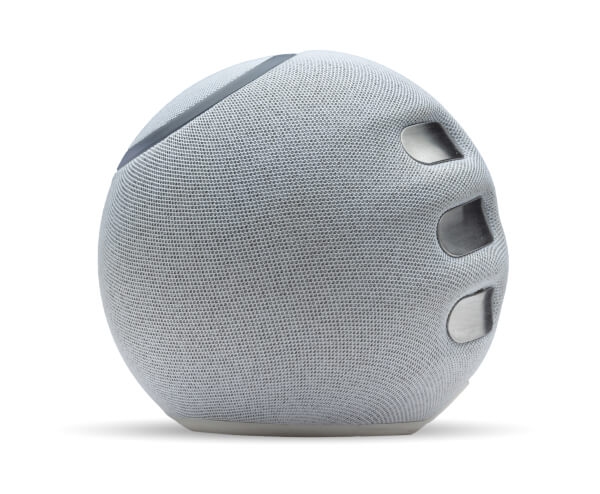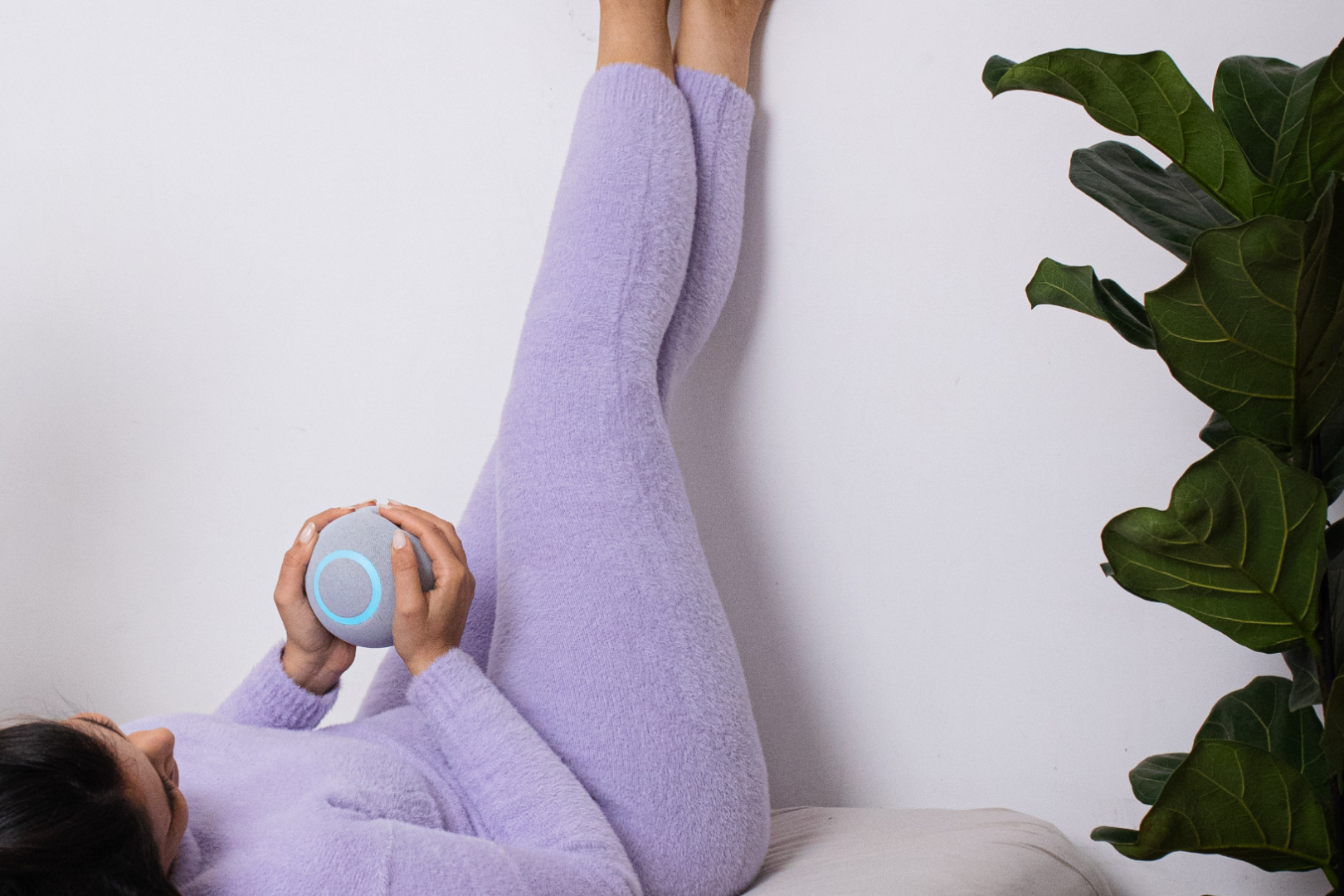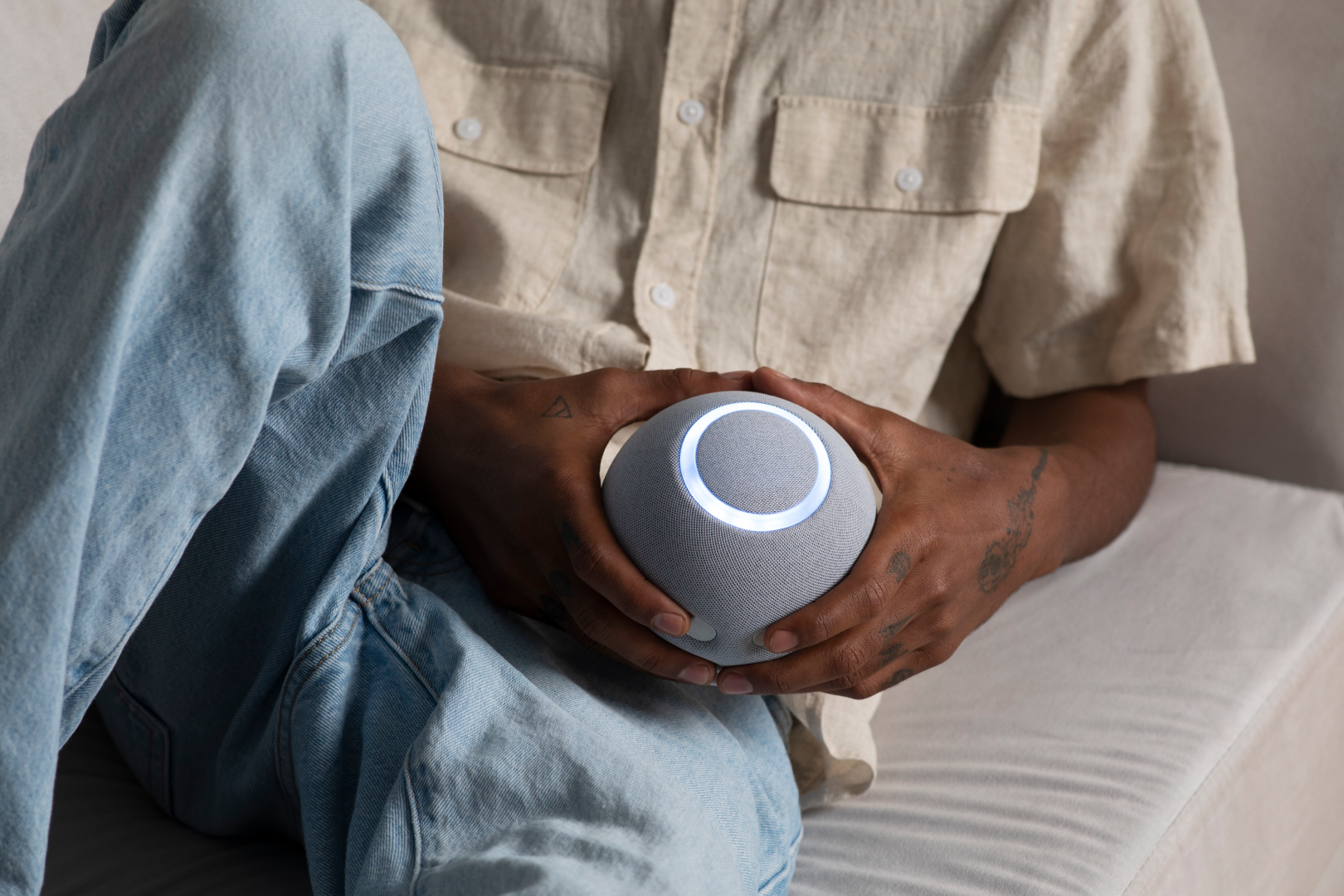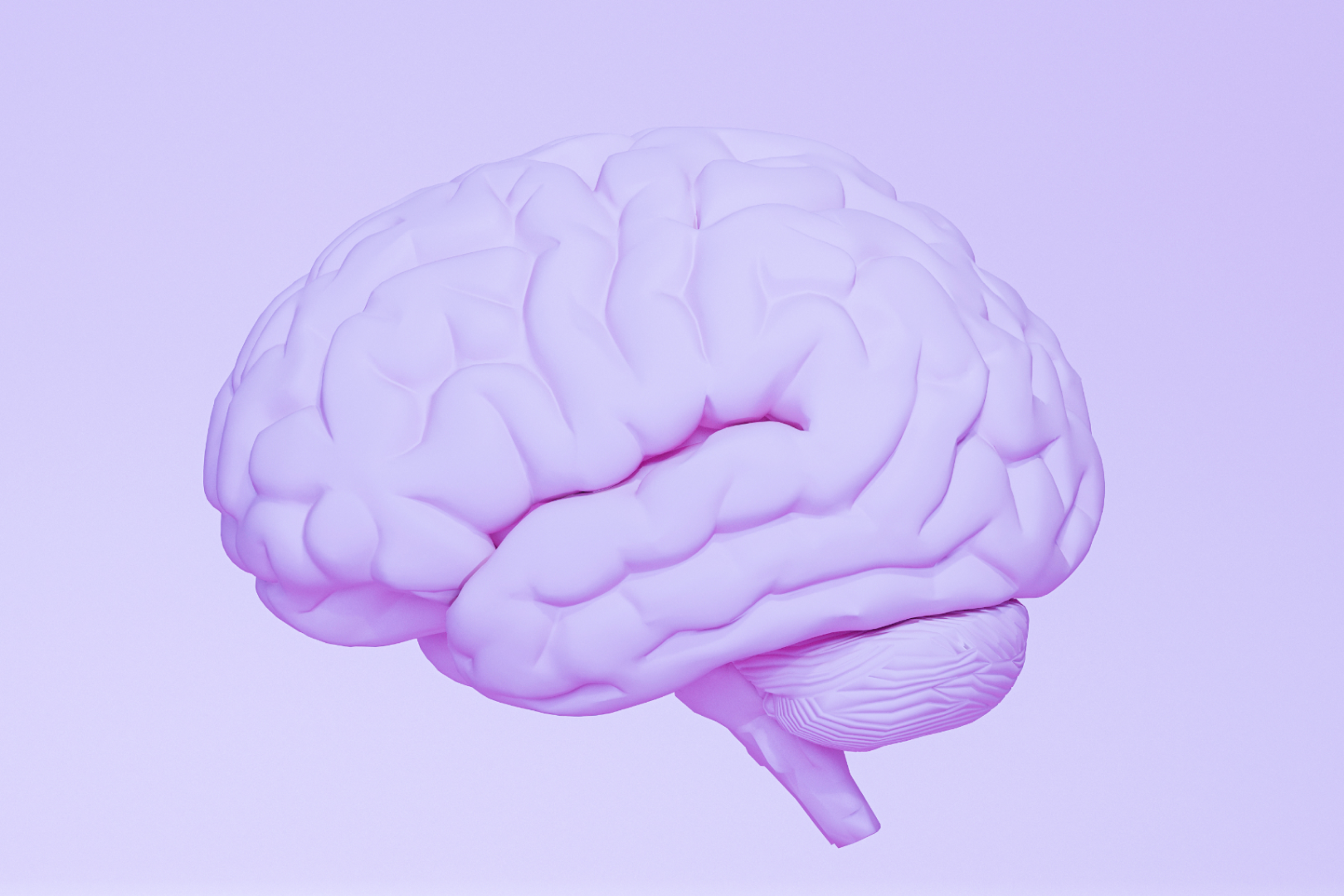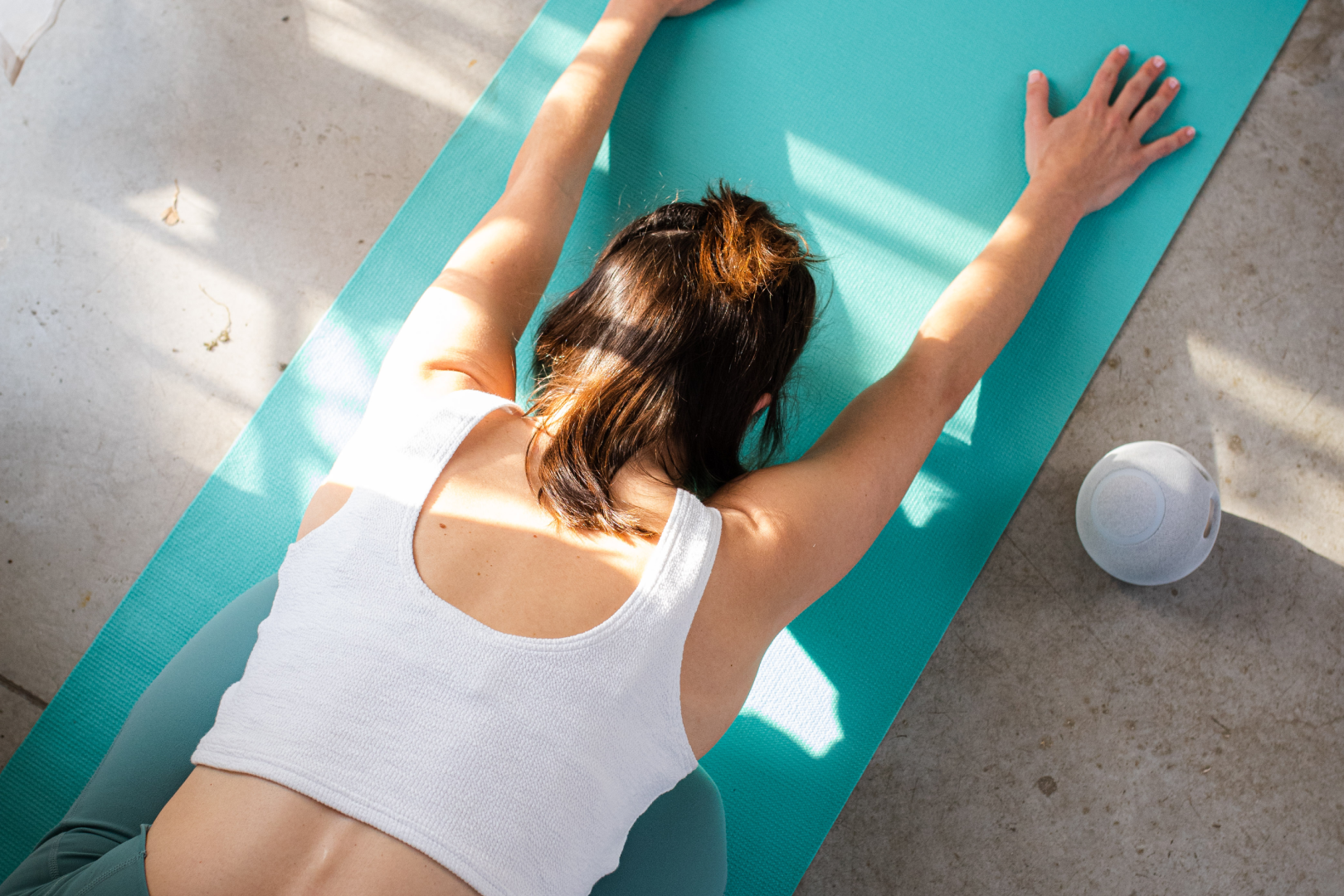Details, Benefits, and How to Harness Their Full Potential
High blood pressure.Anxiety.Insomnia.
If you've ever suffered from any of these conditions, you know just how frustrating they can be. Often, traditional medical approaches don’t provide a long-term answer, and people find themselves relying on medication, or dealing with the same symptoms that keep recurring.
Once a physical cause is ruled out, it’s important to consider the mind-body connection, and how creating a more relaxed and peaceful mind can contribute to improved wellbeing. And that’s exactly where meditation and biofeedback come in.
You've probably heard about these techniques before. But maybe you’re a little skeptical, or perhaps unsure about what meditation and Biofeedback are all about, and if they can help you change your life for the better.
This article explores these questions and doubts, so you can learn how meditation and biofeedback work, their benefits, and how you can incorporate these practices into your life from the comfort and privacy of your own home.
What Is Meditation?
Meditation is designed to focus and calm the mind by practicing being present in the moment, helping to achieve a state of self-awareness and inner peace. Through meditation, we learn to look inward and establish a better understanding and acceptance of our thoughts and feelings, without self-judgment.
Meditation is thousands of years old, having originated in India and later spreading across the world to other cultures and religions. In the past century, meditation has slowly gained popularity in the West.
Today, a wide range of meditation apps and devices are available and becoming more popular all the time. In the past five years, the number of Americans who meditate has tripled!
There used to be a lot of preconceptions around meditation, but they are slowly breaking down, thanks to the huge increase in the number of people who are actually experiencing what meditation is all about. They know that it’s much more versatile than just sitting in the lotus position, closing your eyes and chanting “Om”.
In fact, there are several types of meditation, including breathing meditation, mindfulness meditation, body scan meditation, visualization meditation, loving-kindness meditation and more. Part of the meditation journey is discovering which method works best for you and your goals.
How Does Meditation Work?
For skeptics, meditation might sound like not much more than ‘woo-woo’, but scientific studies have actually demonstrated that meditation strengthens the neural pathways responsible for learning, cognition, memory, attention and self-awareness, leading to a tangible and real improvement in health and wellbeing.
How does this happen? It centers around the sympathetic nervous system, or SNS, which is responsible for the body’s stress response. When a person is stressed, the ‘fight-or-flight’ response kicks in, causing a range of physiological reactions such as increased heart rate and blood pressure, changes in blood flow, sweating, quickened breathing, and more. These can occur because of physical stress, such as pain or exertion, or emotional stress, such as anxiety or fear.
During meditation, the SNS is actually deactivated, and your stress level goes down. The physiological reactions are reduced, and you enter a calmer mental state too, leading to overall heightened wellbeing. Over time, and with regular practice, meditation can even reduce some of the physical and emotional symptoms of prolonged stress, like high blood pressure, heart arrhythmia, insomnia, and depression.
What Is Biofeedback?
Biofeedback is a scientifically proven mind-body therapy that helps train your mind to achieve a greater sense of wellbeing. In biofeedback, the individual wears sensors that monitor various physiological responses in real-time. During the biofeedback session, the participant is guided through different relaxation techniques.
The physiological data is displayed in engaging visual and auditory ways to show how the body’s responses are changing and relaxing. For example, the individual does a short meditation, and the biofeedback device shows the heart rate slowing down via a light display that changes from red to blue.
By learning which techniques best calm the body, the participant can take this knowledge into everyday life and create more wellness, even during stressful times. Yogis have known for centuries that the mind and body are intimately connected.
By training the mind in awareness and calm, a person can shift their physiological responses.
Today, biofeedback takes this ancient knowledge into the lab and empowers people with a non-invasive, safe, and accessible therapy that helps them become healthier and happier. There are several types of biofeedback therapy that focus on different physiological measurements. These include:
- Electromyography (EMG) biofeedback: Measuring muscle tension
- Galvanic skin response training: Measuring miniscule changes in the sweat response
- Heart variability biofeedback: Measuring the variances in time between heartbeats
- Thermal (temperature) biofeedback: Measuring subtle changes in body temperature
- Electroencephalography (EEG): Measuring brain wave activity
How Does Biofeedback Work?
Biofeedback actively monitors how your body responds to external and internal stressors, and gives you immediate feedback. It allows you to see the changes in your stress reaction as they occur. In essence, biofeedback works by helping people become aware of their physiological responses, thereby giving them the information to change and control those responses.
Some indicators that your body is experiencing stress include muscle tension, rapid breathing, increased heart rate, and increased sweating.
Biofeedback is often done in a clinic with a biofeedback specialist. However, by using a personal at-home biofeedback device, you can get the benefits of biofeedback in the comfort and privacy of home, whenever you want. For example, the Reflect Orb at-home biofeedback device is very easy to use, as it does not require applying any sensors to the body. Simply place your hands on the orb and see a continuous visual indication of your physiological state.
Use it as part of your daily meditation or relaxation routine, and help relieve various ailments or even just improve your general wellbeing. Because biofeedback addresses mind-body responses, it can help with many common physical and emotional problems caused by or heightened by stress, such as anxiety, chronic pain, headache, digestive issues, low energy levels, asthma, and many more.

8 Ways Meditation and Biofeedback Work Together
Meditation and biofeedback are effective techniques for mind-body wellness, and scientific studies continue to discover the amazing benefits of both for physical and mental health. When practiced together, meditation and biofeedback can deliver even more powerful effects that have a profound impact on quality of life. The key is to practice regularly – ideally every day – to really experience the benefits and make them last in the long term.
Let’s take a closer look at the benefits of practicing biofeedback and meditation together:
#1: Promote Relaxation
Meditation and biofeedback train you to calm your stress response, so they are great techniques for promoting relaxation.
During breathing meditation for example, you follow each inhalation and exhalation with your mind, training you to focus on the breath rather than your busy thoughts. By combining it with biofeedback, you can finetune your meditation practice to have the strongest impact.
In fact, the American Migraine Foundation praises biofeedback and meditation as the perfect addition to your alternative medicine headache relief toolbox.They state that by using biofeedback to learn to relax, patients generally experience a 45% to 60% reduction in the frequency and severity of their migraine headaches.
#2: Elevate Your Physical and Mental Awareness
Both biofeedback and meditation encourage you to focus deeply on the present moment. As you practice meditation with biofeedback, you may feel yourself becoming more physically aware of your muscle tension, your heart rate, or even the sounds around you.
You may feel more strongly the flow of internal thoughts, such as what you need to do tomorrow, an inner conflict, or a fight you had with your partner. The key is to focus on your breathing or a mantra, and let your thoughts and emotions float on by, without getting attached to them.
As you assume a posture of watching what comes and goes through your mind, rather than getting ‘caught up’ in it, you will discover true awareness and the peace that comes with being in the moment.
#3: Help You Learn How to Overcome Stress Responses
Think about what happens to your body when you get stressed. You get butterflies in your stomach, your heart rate increases, the muscles tense and you may begin to sweat.
These physical stress reactions, also known as the ‘fight-or-flight’ response, fuel your body to move fast and get away from danger. But often, the fight-or-flight response kicks in when it isn't really needed.
The body invests in getting away from perceived danger, not actual danger, and this creates unwanted and uncomfortable feelings and sensations. Meditation and biofeedback are powerful tools to help control these superfluous stress responses.
They can help you learn to calm your breathing and bring you into the present reality, allowing your body and mind to relax and reduce reactivity to stress.
#4: Help Put You in Control of Your Emotions
Emotional triggers are an inevitable part of life. You find yourself in a situation that brings up a bad memory. Your boss reprimands you at work, and you feel embarrassed and ashamed. Your neighbors are noisy and constantly wake up the baby… there is no end to the ways that our emotions can get the better of us.
Meditation teaches you to be aware of your inner self, so you can take note of feelings that arise and learn how to detach and observe them without triggering inappropriate responses.
By meditating with biofeedback, you get real-time physiological feedback so you can see the effects of meditation practice as they occur and guide your practice to become even more effective. Biofeedback and meditation can take you from being a slave to your emotions to feeling in charge, in control, and empowered.
#5: Slow the Aging Process of Your Brain
One of the main ways that biofeedback and meditation can slow the aging process of the brain is by reducing stress. A 2017 study showed that stressful life events, like divorce, the death of a loved one, and being fired from a job have a huge impact on your brain’s health. US researchers analyzed the memory and thinking performance of 1,300 people in their 50s to gauge the health of their brains.
The conclusion? Stressful experiences are known to have an impact on brain function and may age your brain by a minimum of four years. By helping you learn to cope with stress and reduce your stress response, biofeedback and meditation can go a long way towards maintaining a healthy brain.
#6: Improve Your Memory
Meditation and biofeedback work together to improve memory function. One study revealed that biofeedback can be a powerful tool for improving auditory memory function in traumatic brain injury patients.
Additionally, a 2010 study of 37 dementia patients provided strong evidence that biofeedback improves memory in adults suffering from dementia by increasing the blood flow within the brain and increasing the frequency of the brain's dominant brainwave.
At-home biofeedback combined with meditation is a great way to boost your memory, perform better at work and handle the stress of exams.
#7: Boost Your Creativity
The ability of mindfulness and biofeedback to boost creativity is becoming more widely known. Many companies, including Google, have initiated mindfulness and meditation programs to help their employees deal with everyday stress in the workplace. How do meditation and biofeedback work to enhance creativity?
It's all due to their ability to calm the thoughts that swirl through our minds, allowing us to fully tap into our innate creativity. As our minds, bodies, and emotions calm down, we can much more effectively focus our attention, welcome new and different ideas and perspectives, and let go of the fear of failure, allowing us the freedom to engage in the unhindered expression of creativity.
#8: Increase the Gray Matter in Your Brain
Neuroscientist Sara Lazar is a big proponent of biofeedback and meditation. Lazar conducted two groundbreaking studies about the effects of mindfulness meditation.
The first study involved people who had practiced meditation for 7 to 9 years. Lazar’s research revealed that these individuals had a greater amount of gray matter in several areas of their brains, including the insula and sensory regions and auditory and sensory cortex.
Lazar’s second study showed that people who practice mindfulness meditation for just eight weeks experienced a thickening of the gray matter in several parts of their brains, including areas that regulate learning, emotions, memory and the capability for empathy.
Interestingly, these individuals also experienced a shrinkage of their amygdalas, which is the part of the brain responsible for fear, aggression and anxiety. Meditation and biofeedback are both powerful tools to manage stress levels and live healthier lives; combined together they provide an incredible solution to anyone wishing to build healthier habits.
To learn more about our at-home biofeedback solution, click here.


